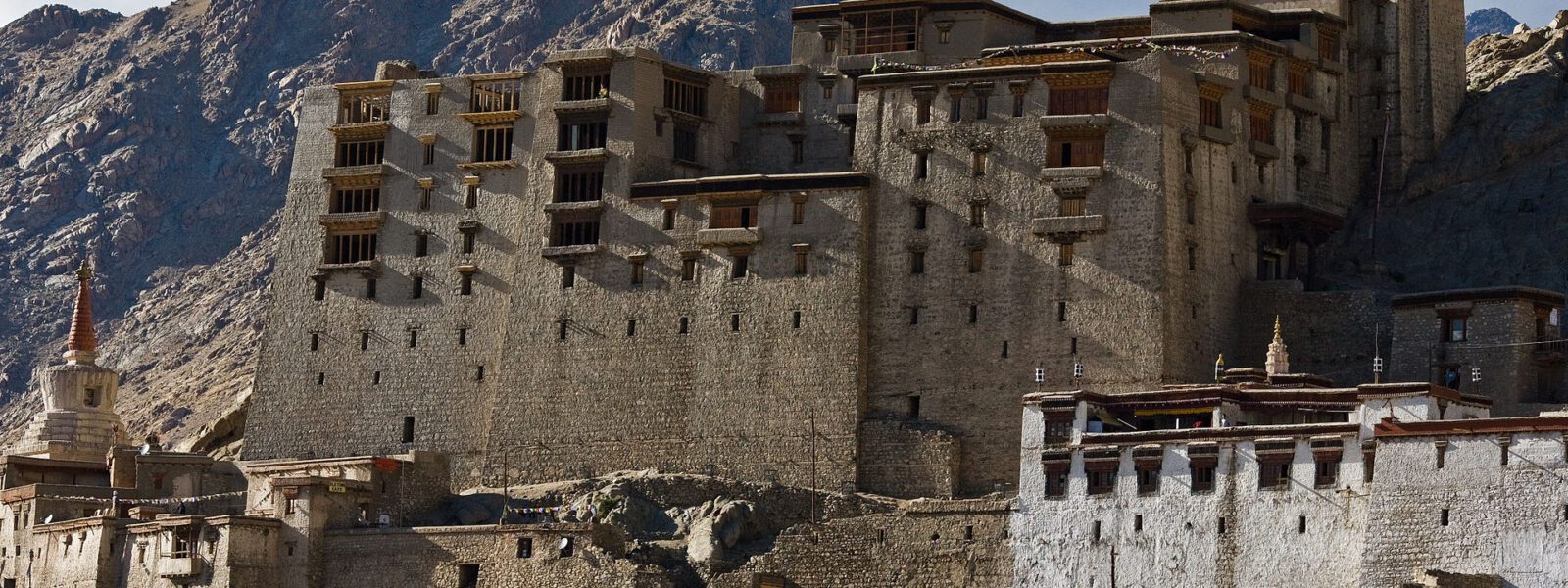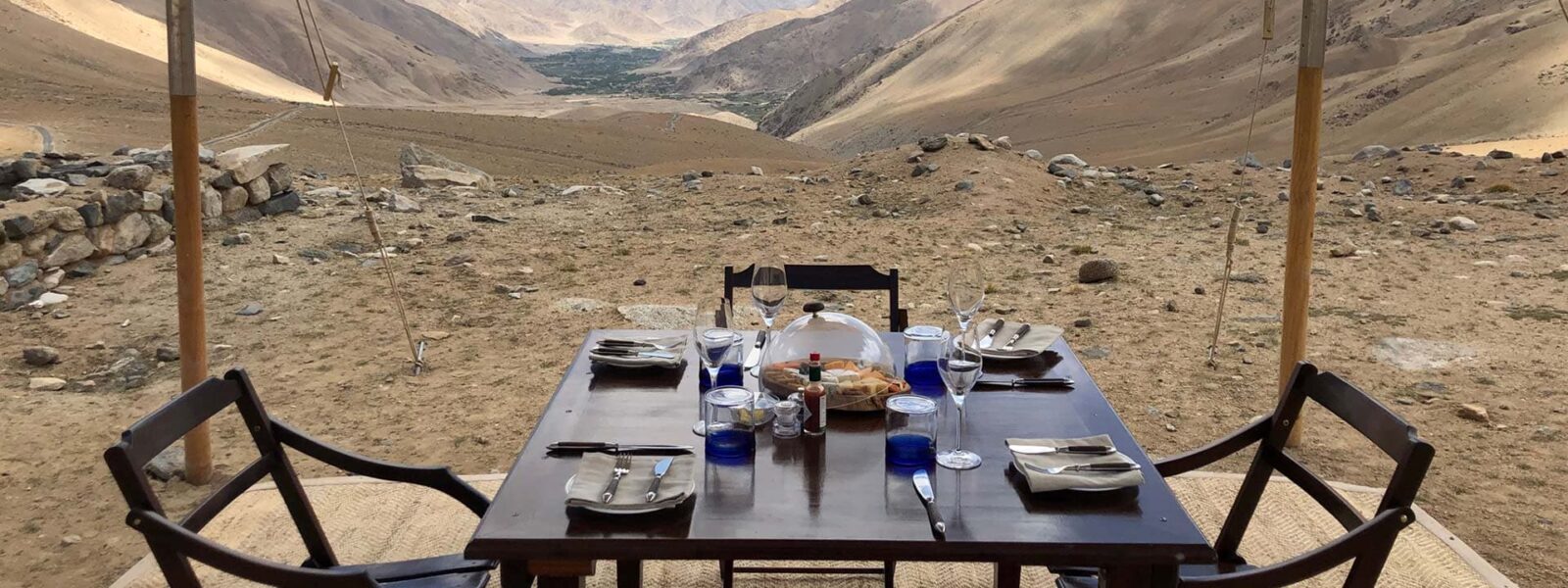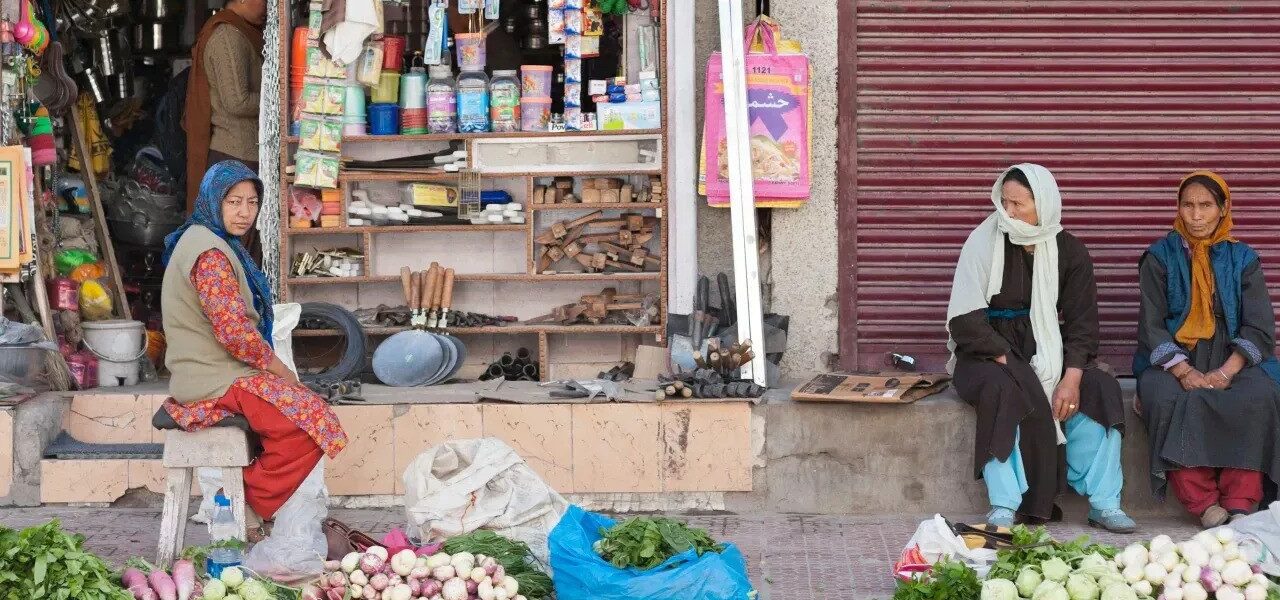Underexplored Historical Significance in Ladakh
Ladakh, a region in the northernmost part of India, is often celebrated for its breathtaking landscapes, Buddhist monasteries, and vibrant festivals. However, beneath the surface lies a rich and underexplored historical tapestry that has shaped the region’s unique identity. From ancient trade routes and forgotten forts to hidden monasteries and archaeological treasures, Ladakh’s history offers much more than what meets the eye. This article delves into the underexplored historical significance in Ladakh, shedding light on the lesser-known yet important facets of the region’s past.
Introduction to Ladakh’s Rich Historical Landscape
Ladakh has long served as a cultural crossroads, where the influences of Tibetan Buddhism, Hinduism, and Islam converge. Its strategic location on ancient trade routes, particularly the Silk Route, made it a crucial hub for commerce between India, China, and Central Asia. Despite the growing popularity of Ladakh as a tourist destination, many of its historical sites remain relatively unknown. The region’s cultural relics, such as ancient monasteries, fortresses, and petroglyphs, offer a glimpse into its underexplored past.
In this post, we will uncover hidden historical treasures, forgotten landmarks, and lesser-known stories from Ladakh’s diverse history, with a focus on target keywords like the historical significance of Ladakh, Ladakh’s forgotten heritage, and unexplored historical sites in Ladakh.
The Influence of Ancient Trade Routes on Ladakh’s History
Ladakh’s Role in the Silk Route
Ladakh’s location on the Silk Route made it an essential passage for traders moving goods like silk, spices, and wool between India and China. These ancient trade routes not only brought material wealth to the region but also fostered a cultural exchange that left an indelible mark on its architecture and religious institutions.
Many hidden historical gems from this era remain unexplored. For instance, Chiktan Fort played a significant role in guarding the trade routes that passed through the region. Built during the 16th century, it served as a defensive fortress and a symbol of Ladakh’s military and economic strength. Today, the fort stands as a reminder of Ladakh’s underexplored historical treasures related to its role in ancient commerce.
Forgotten Kingdoms of Ladakh
Ladakh’s history is deeply intertwined with its ancient kingdoms. The region was once home to powerful dynasties like the Kushan Empire, which left a lasting legacy on Ladakh’s culture and religion. However, much of this medieval history remains unknown to the average traveler.
The Chiktan Fort, situated in the Kargil district, is a perfect example of Ladakh’s forgotten kingdoms. Though largely in ruins today, this fort was once a majestic architectural marvel constructed using Indo-Tibetan techniques. It played a crucial role in defending Ladakh from invasions and securing its strategic position along the trade routes.
Additionally, Leh Palace and Stok Palace represent Ladakh’s royal heritage. Both of these palaces were once royal residences that shaped the region’s political landscape but are now often overshadowed by more popular attractions.

Ancient Monasteries of Ladakh: A Spiritual and Historical Journey
Alchi Monastery: A Hidden Gem of Ladakh
Ladakh is best known for its Buddhist monasteries, many of which date back centuries. Among them, Alchi Monastery stands out for its art and architecture, yet it remains relatively underexplored. Built in the 11th century, Alchi is one of the oldest monasteries in Ladakh, and its walls are adorned with intricate murals that combine Tibetan, Indian, and Kashmiri influences.
While many travelers visit more famous monasteries like Thiksey or Hemis, Alchi’s historical significance is often overlooked. Its ancient murals are among the finest examples of Indo-Tibetan art in the region, making it a must-visit for anyone interested in Ladakh’s underexplored cultural treasures.
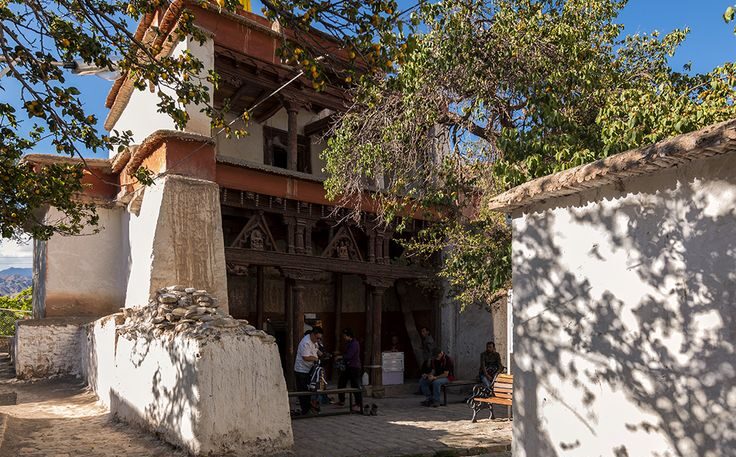
Hemis Monastery: The Heart of Ladakh’s Buddhist Heritage
On the other hand, Hemis Monastery is the largest and most famous monastery in Ladakh, but its full historical significance is often lost in the tourism rush. Founded in the 17th century, Hemis played a crucial role in preserving Tibetan Buddhism in Ladakh. The annual Hemis Festival attracts thousands of visitors, but few realize the monastery’s importance as a spiritual and cultural hub during a time when Ladakh was threatened by external invasions.
The rich collection of Buddhist relics and ancient manuscripts housed at Hemis Monastery offers a window into the region’s spiritual history, further underscoring the underexplored historical significance of Ladakh.
The Overlooked Archaeological Sites in Ladakh
Petroglyphs in Ladakh: Ancient Art in the Mountains
Ladakh is home to hundreds of petroglyphs—rock carvings that date back to prehistoric times. These carvings depict various scenes from hunting, rituals, and religious practices, offering a glimpse into the lives of Ladakh’s earliest inhabitants. Despite their historical significance, these petroglyphs remain largely ignored by tourists and scholars alike.
Among the most famous is the collection of rock carvings found in the Dha-Hanu region, which dates back to the Bronze Age. These carvings represent a vital piece of Ladakh’s archaeological heritage and demonstrate the region’s ancient cultural significance.

Zanskar Valley: A Treasure Trove of Archaeological Significance
Zanskar Valley is another region of Ladakh that holds significant archaeological importance. Many archaeological sites in this remote valley remain unexplored, offering a wealth of knowledge about Ladakh’s pre-Buddhist history. Excavations have revealed ancient Buddhist stupas and artifacts, shedding light on Ladakh’s early religious practices.
Despite its remoteness, Zanskar Valley’s historical and cultural significance cannot be overstated. Efforts to preserve these archaeological treasures are ongoing, but more attention is needed to fully understand their place in Ladakh’s history.
The Historical Importance of Ladakh’s Forts and Palaces
Leh Palace: A Symbol of Ladakh’s Royal Legacy
Leh Palace, often referred to as the Lhachen Palkhar, was built in the 17th century by King Sengge Namgyal. Modeled after the Potala Palace in Lhasa, Tibet, Leh Palace once served as the royal residence of Ladakh’s rulers. Its strategic location on a hill overlooking Leh town made it a key stronghold for the kingdom.
Today, Leh Palace stands as a symbol of Ladakh’s royal legacy and its role in defending the region from invaders. Despite its historical significance, Leh Palace remains relatively underexplored, often overshadowed by more modern attractions.
Chiktan Fort: A Forgotten Gem in Ladakh’s Architectural History
Among Ladakh’s many forts, Chiktan Fort is one of the most underexplored historical sites. Constructed in the 16th century by the rulers of Chiktan, this fortress played a crucial role in defending Ladakh’s western borders from invasions. The fort was strategically located to guard the trade routes passing through the region.
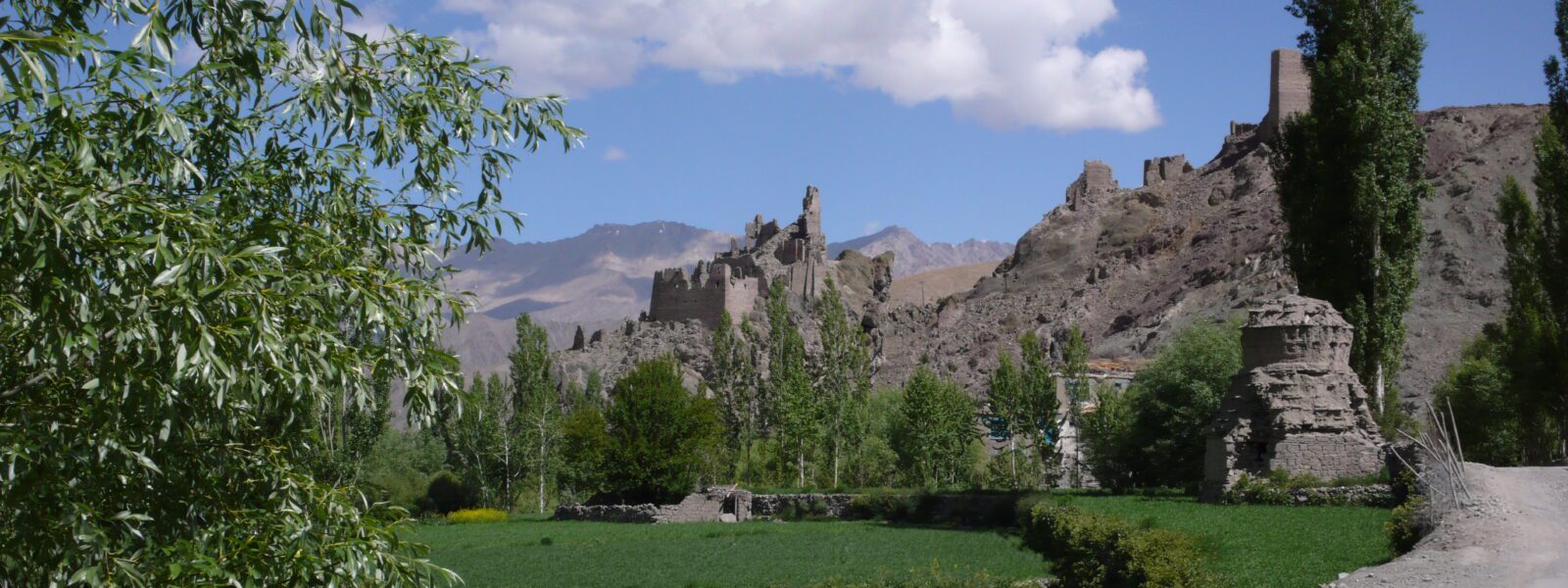
What makes Chiktan Fort unique is its architectural style, which blends Tibetan and Islamic influences. Despite its architectural brilliance, the fort is now in ruins, and efforts to preserve it have been minimal. However, the forgotten historical significance of Chiktan Fort makes it an essential stop for history enthusiasts exploring Ladakh.
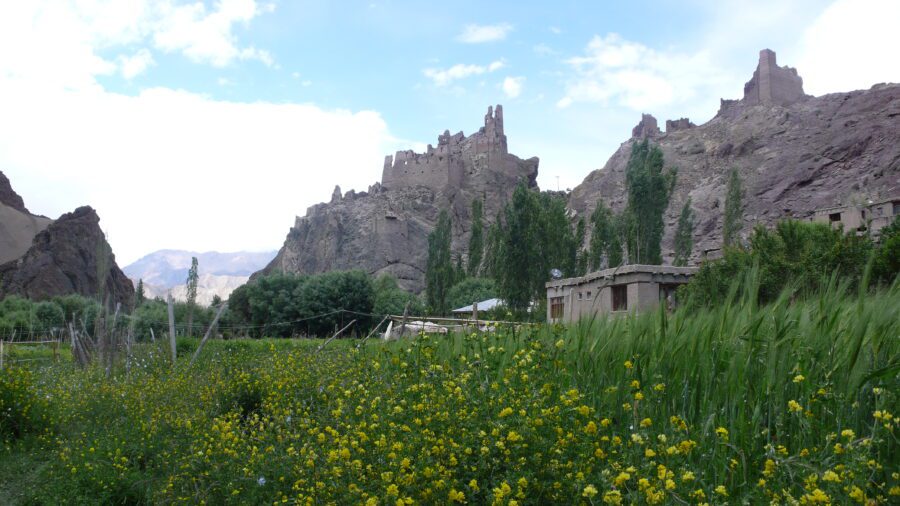
Chiktan Village: Discovering the Enchanting Tapestry of Northern India’s Hidden Gem
Razi Khar, erected by King Tsering Malik in the 16th century AD, crowns the hillock of the present Khardun hamlet.
Basgo Fort: A Forgotten Stronghold of Ladakh’s Past
Another unexplored historical treasure in Ladakh is Basgo Fort, once a stronghold of the Namgyal dynasty. This fort played a vital role in defending Ladakh against invasions from neighboring kingdoms. Today, Basgo Fort is a UNESCO-listed site, yet it remains relatively unknown to many visitors.

The architectural ruins of Basgo Fort and its adjacent monastery offer a glimpse into Ladakh’s medieval history. Basgo Fort may not be as popular as Leh Palace or Hemis Monastery, but its historical and cultural importance is undeniable.
Preservation Challenges of Ladakh’s Historical Monuments
Preserving Ladakh’s Cultural and Historical Legacy
Despite the wealth of historical sites in Ladakh, many face significant preservation challenges. Climate change, unregulated tourism, and lack of funding have all taken a toll on the region’s ancient monuments. Forts like Chiktan and Basgo are crumbling, and the petroglyphs face erosion and vandalism.
Efforts to preserve Ladakh’s cultural relics are underway, but more needs to be done to protect these historical landmarks for future generations. Organizations such as the Indian National Trust for Art and Cultural Heritage (INTACH) are working to raise awareness and funds for the restoration of Ladakh’s underexplored historical treasures.
Conclusion: Exploring Ladakh’s Hidden Historical Treasures
Ladakh’s history is a fascinating mix of ancient trade, Buddhist influence, and royal dynasties, yet many of its historical sites remain underexplored. From the petroglyphs of Dha-Hanu to the forgotten Chiktan Fort, Ladakh’s cultural and historical legacy deserves greater attention. As more travelers venture into Ladakh, there is an opportunity to not only explore its natural beauty but also uncover its hidden historical treasures.
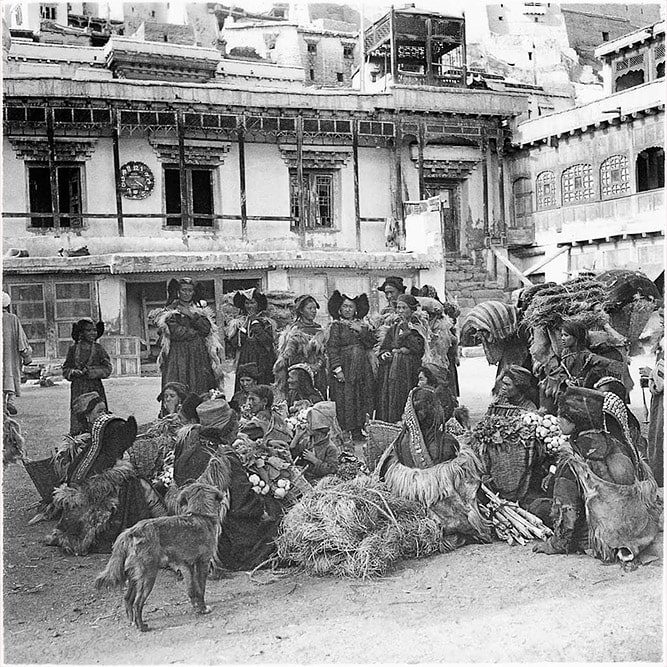
Frequently Asked Questions (FAQ)
1. What is the significance of Chiktan Fort in Ladakh?
Chiktan Fort, built in the 16th century, played a crucial role in guarding trade routes in the western part of Ladakh. It represents a blend of Tibetan and Islamic architectural influences and is one of Ladakh’s most underexplored historical landmarks.
2. Why are the petroglyphs in Ladakh important?
The petroglyphs in Ladakh, particularly in regions like Dha-Hanu, offer a glimpse into the lives of Ladakh’s earliest inhabitants. These prehistoric carvings provide valuable insights into the region’s ancient culture, rituals, and beliefs.
3. How did the Silk Route influence Ladakh’s history?
Ladakh’s position on the Silk Route facilitated cultural exchange between India, Tibet, and China. This trade route played a vital role in shaping the region’s economy, architecture, and spiritual life, leaving behind significant historical sites.
4. What makes Alchi Monastery historically significant?
Alchi Monastery is one of the oldest monasteries in Ladakh, dating back to the 11th century. It is renowned for its Indo-Tibetan art and intricate murals that reflect a blend of Kashmiri, Tibetan, and Indian influences.
5. Are there preservation efforts underway for Ladakh’s historical sites?
Yes, several organizations like INTACH are working to preserve Ladakh’s historical monuments. However, more funding and awareness are needed to protect these sites from climate change, erosion, and vandalism.
6. What role did Leh Palace play in Ladakh’s history?
Leh Palace served as the royal residence for the kings of Ladakh in the 17th century. Its strategic location made it a key defensive structure, and it remains a symbol of Ladakh’s royal heritage.

